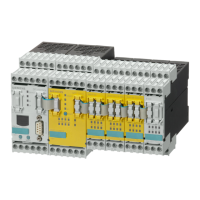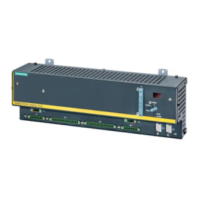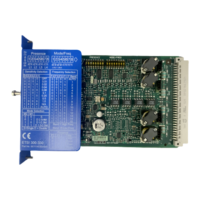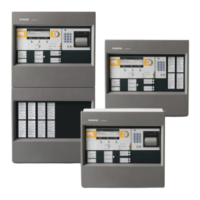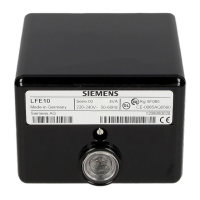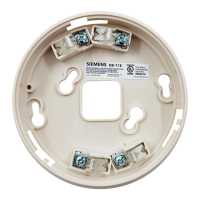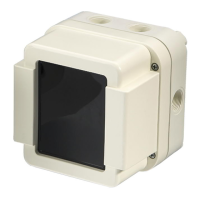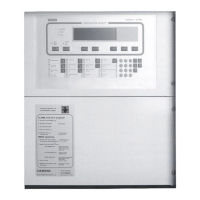Cable denitions
• Signal cables (example)
– Data cables (Ethernet, PROFIBUS, PROFINET, sensor cables, etc.)
– Digital inputs/outputs
– Emergency Stop cables
• Power cables (example)
– Supply voltage 1 x 230 VAC or 3 x 400 VAC
– Motor cables
Rules for routing cables
In order to maximize noise immunity for the complete system (control, power unit, machine) the
following EMC measures must be observed:
• A minimum distance of 200 mm is to be observed between the signal lines and power cables.
• If necessary, signal and load cables may cross one another (if possible, at an angle of 90°), but
must never be laid close or parallel to one another.
• Only use cables approved by Siemens for the signal lines from and to the NCU.
• Signal cables may not be routed close to strong external magnetic elds (e.g. motors and
transformers).
• If signal lines cannot be routed a sucient distance away from other cables, they must be
installed in grounded cable ducts (metal).
More information
You can nd more information on interference suppression measures and the connection of
shielded cables here:
• Conguration Instructions, EMC installation guideline (
https://
support.industry.siemens.com/cs/document/60612658/emc-design-guidelines-
conguration-manual-01-2012?dti=0&lc=en-WW)
8.2.4 EMF assessments for 24 V components
The 24 V components, e.g. control systems (NCU, MCU, PPU), PCUs/IPCs, operator panels,
handheld terminals and machine control panels do not generate any appreciable
electromagnetic elds.
No minimum clearance has to be maintained for 24V components.
Technical data
8.2Supplementary electrical conditions
TCU 30.3
82 Equipment Manual, 03/2023, A5E40874197B AD
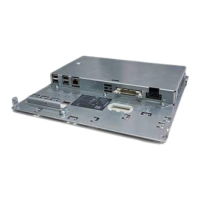
